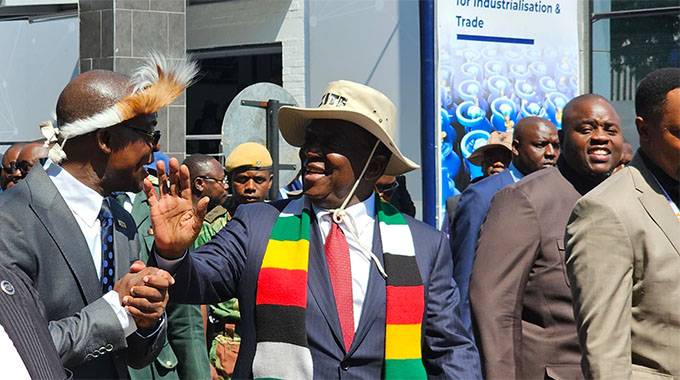Sustainable biodiversity management
The Government is implementing a five-year Global Environment Facility (GEF) — funded programme to support conservation initiatives in North Western Zimbabwe.
The project known as the Hwange-Sanyati Biological Corridor (HSBC) project has the overall objective to develop land use and resource management capacity of managers and communities in the Hwange-Sanyati Biological Corridor of Zimbabwe and is executed through the World Bank.
The project focuses on three key environmental components; Forestry, Wildlife and Landscape Management with the Worldwide Fund for Nature (WWF), Forestry Commission, Environmental Management Agency (EMA), Parks and Wildlife Management Authority and the Communal Areas Management Program for Indigenous Resources (CAMPFIRE) as the implementing agencies.
The Forestry component supports improved forest and wildlife management activities in two gazetted forests (Ngamo and Sikumi) in Hwange as well as Reducing Emissions from Deforestation and forest Degradation (REDD+) activities as a tool for good forest stewardship in Zimbabwe.
The objective of this component is to improve forest and land management across the HSBC area by developing tools to address land degradation, land use change and deforestation.
Through the project, there has been improvement in the capacity of the forest protection unit to deal with the challenges of wildlife and timber poaching as the project has made significant investments in improving radio communication for better responsiveness and has contributed to the enhancement of game water supply.
Overall this has facilitated an improvement in delivery on the implementation of forest management operational plans by the Forestry Commission.
The HSBC project is piloting a REDD+ sub project in the two forests in order to build national capacity on Reducing Emissions from Deforestation and forest Degradation (REDD) in the country. REDD+ takes a critical look at the role of conservation, sustainable forest management and enhancement of carbon stocks in developing countries.
A total of 228 sampling plots have been established in Ngamo and Sikumi to quantify the above ground carbon stock for the purposes of trading on the carbon market.
The potential social and environmental benefits of implementing this project include; improved provision of other ecosystem services (water quality regulation, ecotourism, provision of non-timber forest products) by the forests; biodiversity conservation; complimentary activities such as sustainable forest management and long term revenue streams for the communities and government.
Community engagement is imperative for any project success and the greatest challenge in the project area had been the existence of a divide between the communities and the Forestry Commission.
Ngamo and Sikumi forests form the buffer area between the community and the Hwange National park and the project has come in to foster community engagement which has seen communities participating and playing a pivotal role in conservation activities like fire protection (through establishing of community fire brigades) as well as anti-poaching.
The HSBC project has strengthened the relationship between communities and the Forestry Commission which resulted in a decline in forest fire incidences (recorded to have declined by over 60 percent over the project period), a decline in timber and wildlife poaching in the two forest estates (wildlife poaching through use of cyanide and wire snares and firearms has declined by 50 percent) and has facilitated easier apprehension of poachers.







Comments